Are Lens Hood And Filter ?
Lens hood and filter are two different accessories used in photography.
A lens hood is a device that is attached to the front of a camera lens. Its primary purpose is to block stray light from entering the lens and causing unwanted lens flare or ghosting. By reducing the amount of stray light, a lens hood helps improve image quality and contrast. It also provides physical protection to the front element of the lens, shielding it from accidental bumps or scratches.
On the other hand, a filter is an optical accessory that is placed in front of the camera lens. Filters come in various types, such as UV filters, polarizing filters, neutral density filters, and color filters. Each type of filter serves a specific purpose. For example, a UV filter is primarily used to reduce ultraviolet light and protect the lens from dust and scratches. A polarizing filter helps reduce reflections and enhance color saturation, while a neutral density filter reduces the amount of light entering the lens, allowing for longer exposures or wider apertures in bright conditions.
Both lens hoods and filters are commonly used by photographers to enhance image quality and protect their lenses.
1、 Lens Hood: Purpose and Types
A lens hood and a filter are two different accessories used in photography to enhance image quality and protect the camera lens.
A lens hood is a device that attaches to the front of the lens and extends outward. Its primary purpose is to block stray light from entering the lens and causing lens flare or ghosting. By reducing the amount of unwanted light, a lens hood helps to improve contrast and color saturation in photographs. It also provides physical protection to the lens by acting as a barrier against accidental bumps or scratches.
There are different types of lens hoods available, including petal-shaped hoods, cylindrical hoods, and collapsible hoods. The choice of lens hood depends on the lens's focal length and the desired coverage. Petal-shaped hoods are commonly used for wide-angle lenses, while cylindrical hoods are suitable for standard and telephoto lenses. Collapsible hoods are more compact and versatile, making them ideal for travel photography.
On the other hand, a filter is a transparent or translucent accessory that is screwed onto the front of the lens. Filters serve various purposes, such as reducing glare, enhancing colors, or adding special effects to photographs. For example, a polarizing filter can reduce reflections and increase color saturation, while a neutral density filter can reduce the amount of light entering the lens, allowing for longer exposures or wider apertures in bright conditions.
In recent years, there has been a shift towards digital post-processing techniques that can replicate some of the effects achieved with filters. However, filters still have their advantages, especially when it comes to protecting the lens from dust, moisture, and scratches. Additionally, certain effects, such as long exposure photography or infrared imaging, are best achieved using dedicated filters.
In conclusion, a lens hood and a filter are both valuable accessories for photographers. While a lens hood primarily serves to block stray light and protect the lens, a filter can enhance image quality and add creative effects. The choice of whether to use these accessories ultimately depends on the photographer's preferences and the specific shooting conditions.

2、 Lens Hood: Benefits and Usage Tips
A lens hood and filter are two essential accessories for photographers that serve different purposes.
A lens hood is a device that attaches to the front of a camera lens to block unwanted light from entering the lens. It helps to reduce lens flare and ghosting, which can occur when bright light sources are present in the frame. By shading the lens from stray light, a lens hood improves image quality and contrast, resulting in sharper and more vibrant photographs. Additionally, it provides physical protection to the front element of the lens, shielding it from accidental bumps and scratches.
On the other hand, a filter is a piece of glass or resin that is placed in front of the lens to modify the light entering the camera. Filters come in various types, such as UV filters, polarizing filters, neutral density filters, and color filters. Each type has its own specific purpose, such as reducing haze, enhancing colors, reducing reflections, or controlling exposure. Filters can be used creatively to achieve different effects and enhance the overall quality of the image.
In recent years, there has been some debate about the necessity of lens hoods and filters, as modern lenses are designed to minimize lens flare and ghosting. However, many professional photographers still consider them essential tools for achieving the best possible image quality. Lens hoods are particularly useful in situations where there is strong backlighting or when shooting in bright sunlight. Filters, on the other hand, offer a wide range of creative possibilities and can be used to achieve specific effects that cannot be replicated in post-processing.
In conclusion, a lens hood and filter are valuable accessories for photographers. While their usage may vary depending on the specific shooting conditions and creative goals, they can significantly improve image quality and provide added protection to the lens.

3、 Lens Hood: Compatibility with Different Camera Lenses
Lens hoods and filters are essential accessories for photographers, serving different purposes in enhancing image quality and protecting the camera lens.
A lens hood is a device that attaches to the front of the camera lens, extending beyond the lens barrel. Its primary function is to block stray light from entering the lens and causing lens flare or ghosting. By reducing the amount of unwanted light, lens hoods help improve contrast and color saturation in photographs. Additionally, they provide physical protection to the lens, shielding it from accidental bumps or scratches.
Lens hoods are designed to be compatible with specific camera lenses. Different lenses have varying angles of view, and lens hoods are designed to match these angles to provide optimal light blocking. It is important to ensure that the lens hood is the correct size and shape for the lens being used. Many camera manufacturers provide lens hoods specifically designed for their lenses, but there are also third-party options available that offer compatibility with multiple lens brands.
On the other hand, filters are transparent or translucent accessories that are placed in front of the camera lens. They serve various purposes, such as reducing glare, enhancing colors, or adding special effects. Filters can be made of glass or plastic and come in different types, including UV filters, polarizing filters, neutral density filters, and color filters.
Similar to lens hoods, filters need to be compatible with the camera lens being used. They come in different sizes and thread mounts, so it is important to choose the correct filter size that matches the lens diameter. Some filters are designed to be stackable, allowing photographers to use multiple filters simultaneously.
In conclusion, lens hoods and filters are important accessories for photographers, each serving a specific purpose in enhancing image quality and protecting the camera lens. It is crucial to ensure compatibility between the lens hood or filter and the camera lens to achieve optimal results.

4、 Filter: Types and Functions in Photography
A lens hood and a filter are two essential accessories in photography that serve different purposes.
A lens hood is a device that attaches to the front of a camera lens to block unwanted light from entering the lens. It is primarily used to reduce lens flare and improve image quality. Lens flare occurs when stray light hits the lens and creates unwanted artifacts such as ghosting or reduced contrast. By shading the lens from direct light sources, a lens hood helps to minimize these issues and produce sharper, more vibrant images. Additionally, a lens hood also provides physical protection to the front element of the lens, shielding it from accidental bumps or scratches.
On the other hand, a filter is a piece of glass or resin that is placed in front of the lens to modify the light entering the camera. Filters come in various types, each serving a specific purpose. For example, a UV filter is commonly used to reduce haze and protect the lens from dust and scratches. A polarizing filter helps to reduce reflections and enhance color saturation, particularly useful when shooting landscapes or water scenes. There are also neutral density filters that reduce the amount of light entering the lens, allowing for longer exposures or wider apertures in bright conditions.
In recent years, the use of lens hoods and filters has evolved with advancements in technology. Some lenses now come with built-in lens hoods that can be extended or retracted as needed. Additionally, digital post-processing techniques have made it possible to replicate some filter effects in software, reducing the reliance on physical filters. However, lens hoods and filters still play a crucial role in photography, providing immediate benefits during the image capture process and allowing photographers to have more control over their shots.
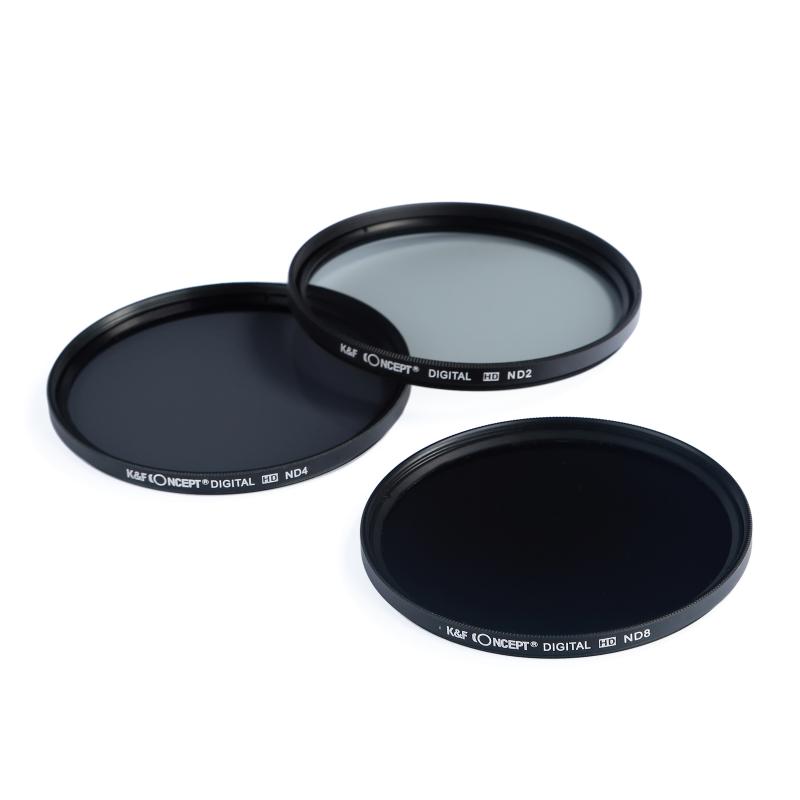




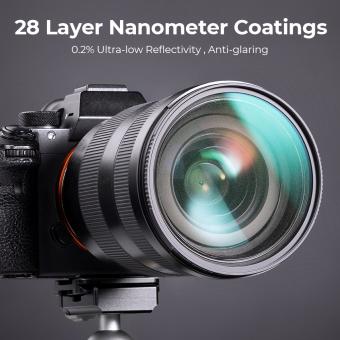
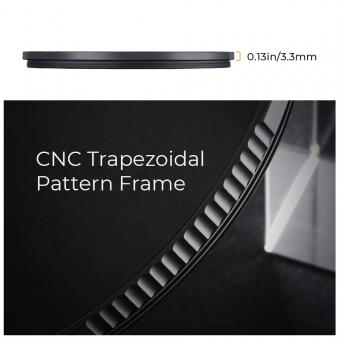
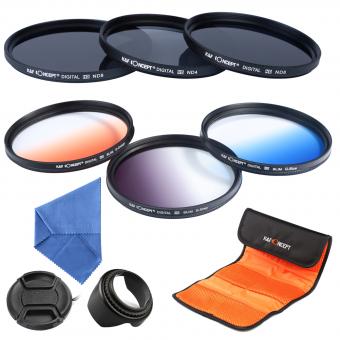

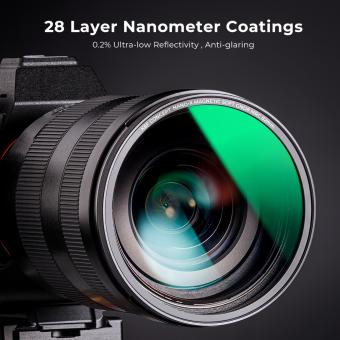

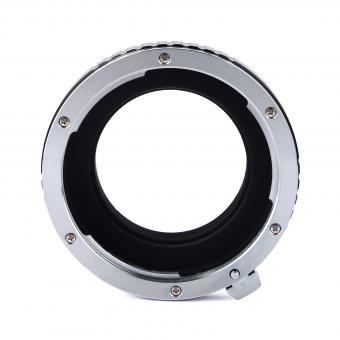
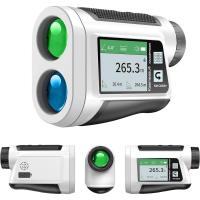

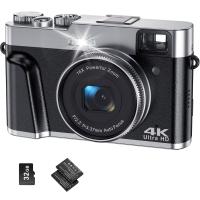


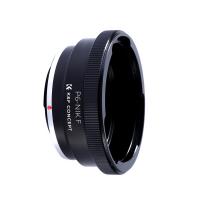



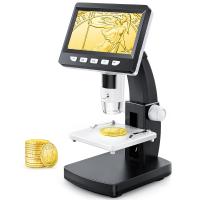
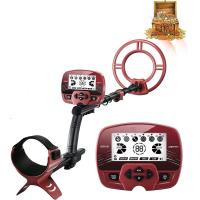
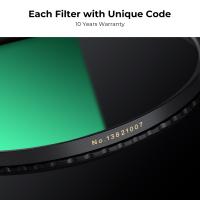
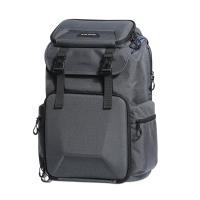

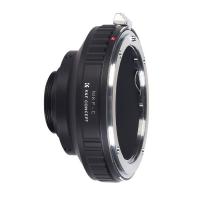
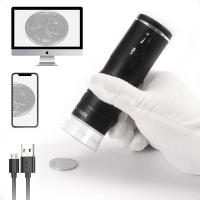


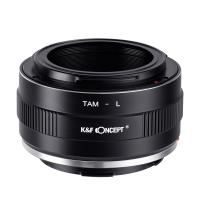
There are no comments for this blog.